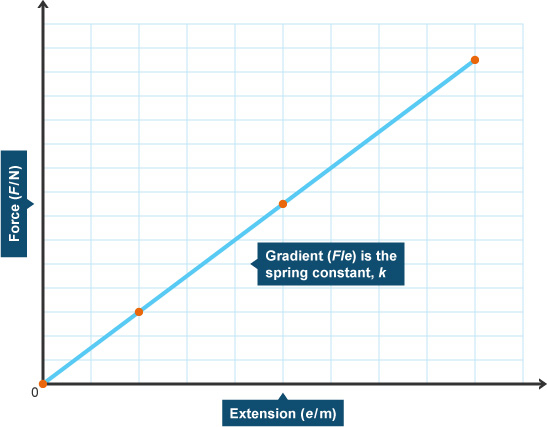To calculate the work required to extend the spring 88 cm from its equilibrium position given the spring constant, we can consider the area under a force (#F_(sp)#) vs displacement (#x#) graph. The slope of this graph is #k#, the spring constant, and the area under the "curve" is work. This is given by Hooke's Law, where #F_(sp)=kx#. Because this is a linear relationship (constant force along a straight line), the "curve" is actually a line.

You can find the area under the force vs. displacement graph with basic calculus, or perhaps you were taught to use the relationship #W=1/2(k)x^2#. Either will give you the same answer, and I'll demonstrate both.
Using #W=1/2kx^2#:
#W=1/2(2(kg)/s^2)(.88m)^2#
#W=0.77J#
Using calculus:
#W=int_(s_i)^(s_f)kxdx#
Where #s_i# is the spring's initial displacement from equilibrium and #s_f# is its final displacement, i.e. how far it was stretched. Because we have assumed that the spring is stretched from equilibrium, its initial displacement from its equilibrium position is 0, and then it was stretched 0.88 m from that position.
#W=int_(0)^(0.88)2xdx#
#W=x^2#
Evaluating for the limits of integration (#0->0.88#):
#W=(0.88)^2-(0)^2#
#W=0.77J#
Note: units of cm were converted to m. One joule, the unit of work, is equivalent to #(kg*m^2)/s^2#. Thus, units of meters are required. This is easier to see in the first example calculation.


